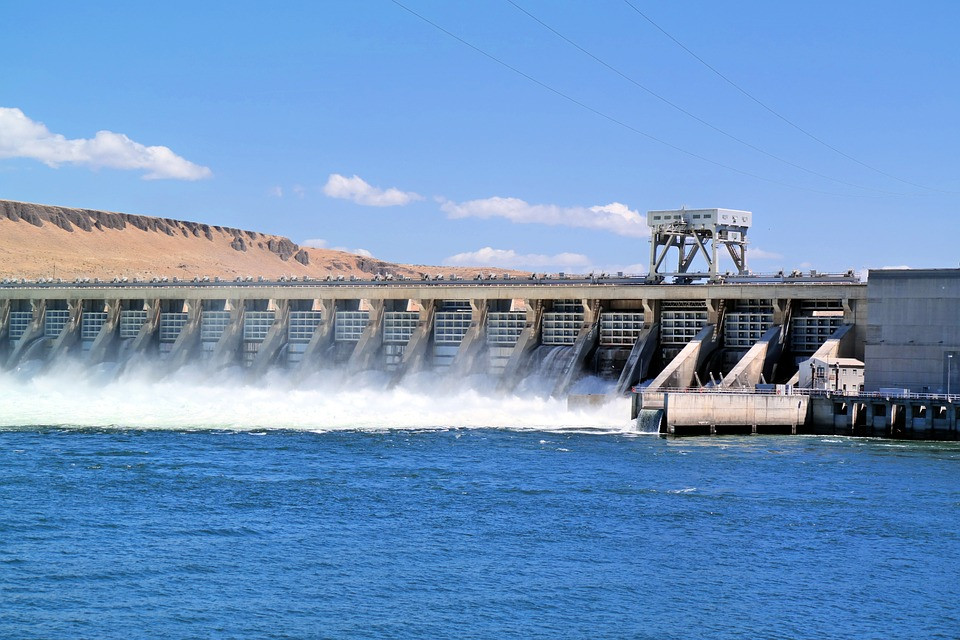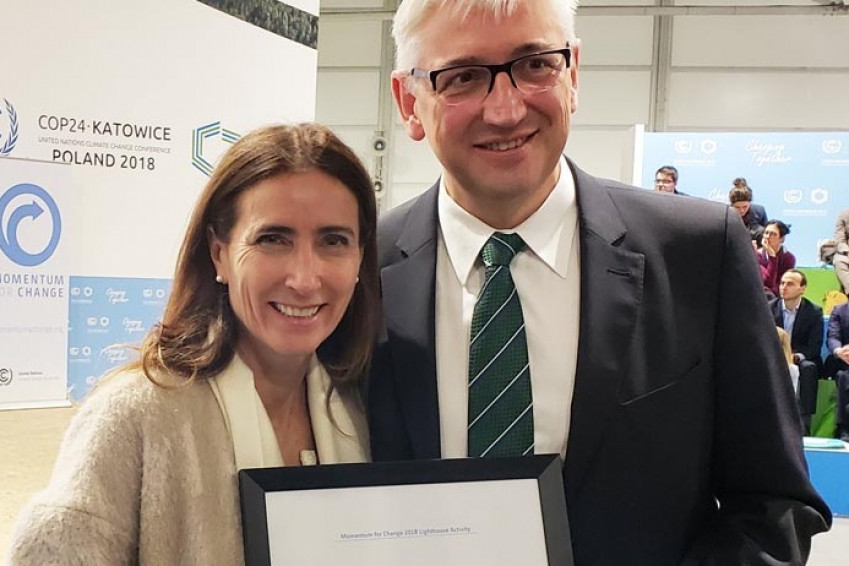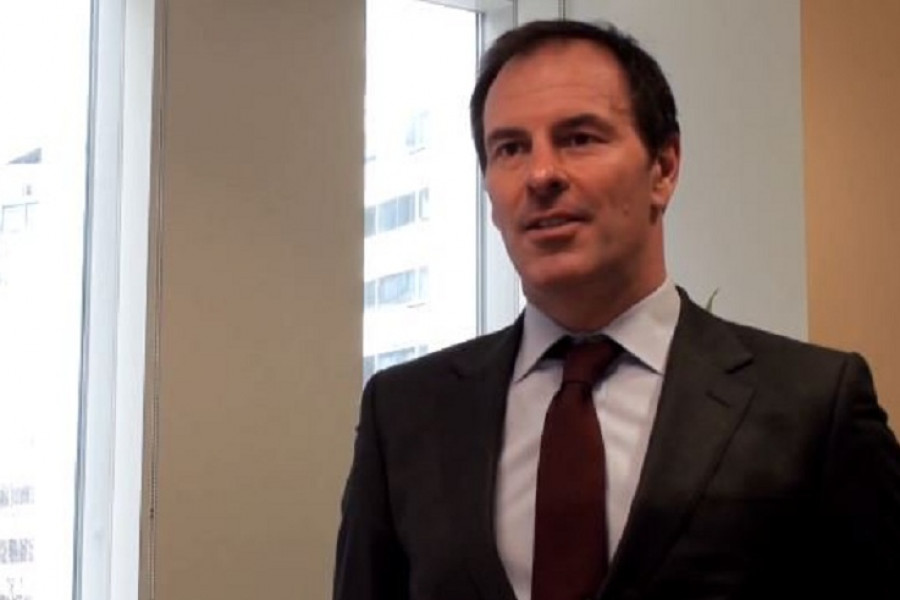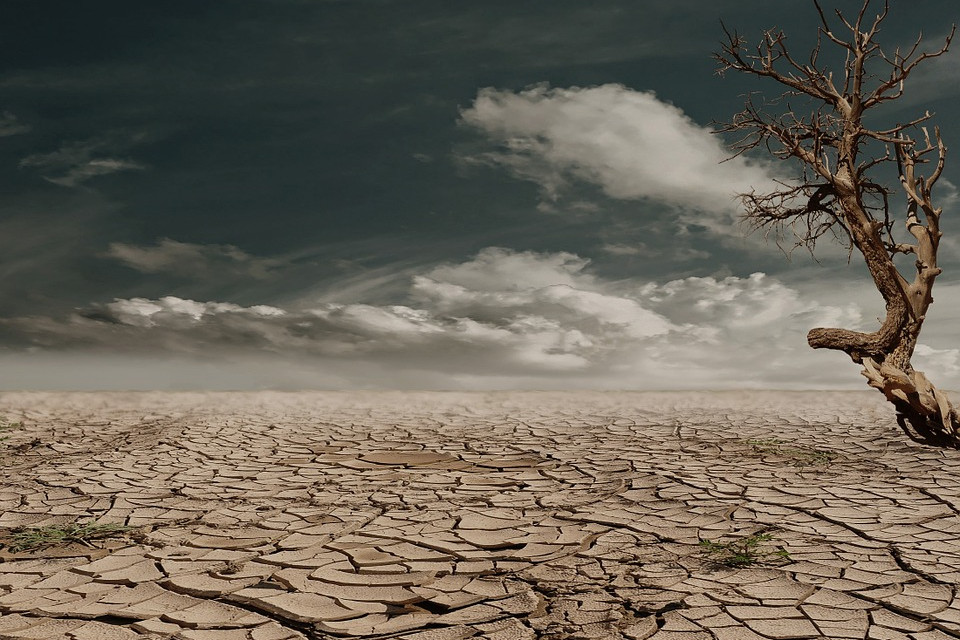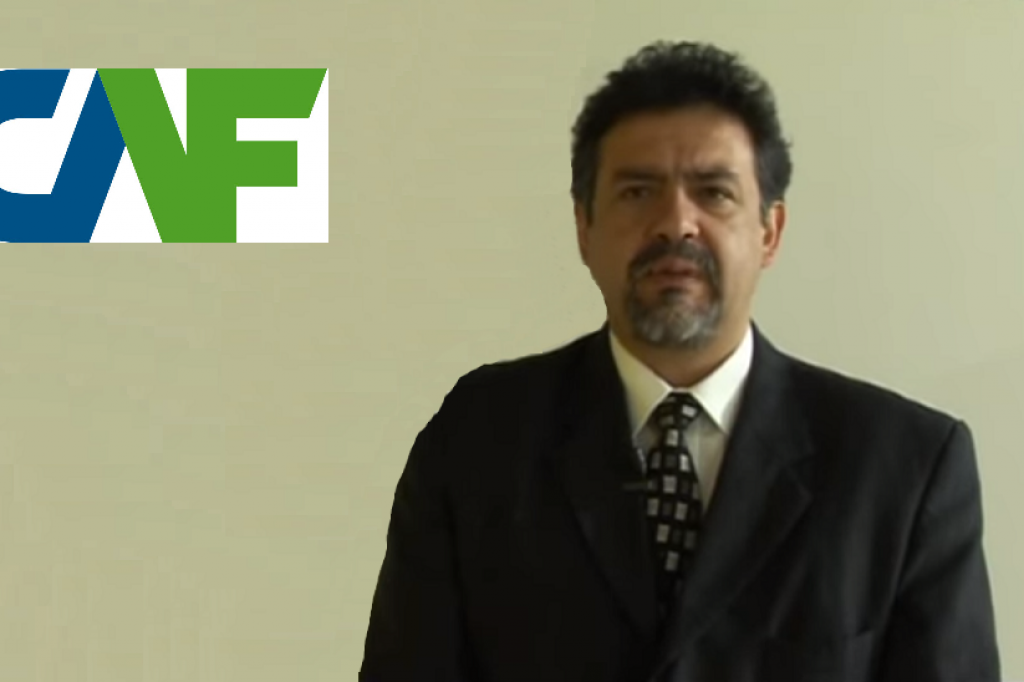The negative effects of climate change on access to water in certain regions of the world. In Latin America, a considerable proportion of the population is expected to be compromised by water scarcity [i]. Above all, certain particularly vulnerable areas (such as desert and coastal areas) and large cities are at risk of suffering from inadequate water resources in the future. In a region marked by inequality, guaranteeing equal access to water resources has become a priority to achieve the Sustainable Development Goals (SDGs). In particular, SDG 6 calls for our attention to universal access to water.
Although water resources in this American region are abundant (we estimate that it possesses 35% of the fresh water in the entire planet), a considerable percentage of the population does neither have access to drinking water nor sanitation. It has been estimated that only 20% of the population has access to adequate sanitation systems and that only ten countries have a certain degree of securely managed services [ii]. One of the fundamental reasons for this situation is the lack of adequate management of water resources,. Because of this, a considerable number of Latin America face the same problems that countries with chronic water scarcity have. Almost 13.9% of the population of Latin America (71.5 million people) do not have access to a drinking water supply, and 63% of these inhabitants (45 million people) live in rural areas [iii]. Likewise, many rural communities depend on limited freshwater resources (surface and underground) and many others on rainwater, using collection methods that are especially vulnerable to drought [iv]. This unequal access to water is also related to the more general issue of equality in the region.
We should remember that access to water as a human right has been recognized within the United Nations. In this way, in 2002 the UN Committee on Economic, Social and Cultural Rights, through its General Observation No. 15 about the right to water, defined the parameters that should be met as regards access to water [v]. In this sense, the human right to water gives each person the right to have water available for personal and domestic use in a sufficient, healthy, acceptable, physically accessible and affordable way.
The human right to water implies equal non-discriminatory access in economic and physical terms, including the access to information.
In turn, the right creates the obligation to respect, protect and fulfil these minimum rights by the country in question. This recognition of the right to water is only a starting point. We still need to define the extension of the concept and the scope and nature of such rights in each specific case. Several Latin American constitutions include a direct or indirect recognition in the law, such as those of Ecuador, Guatemala, Uruguay, Bolivia and Venezuela.
Moreover, in Latin America, numerous controversial cases have recently emerged that involve the right to water, such as the construction of a hydroelectric dam in Chilean Patagonia; the privatisation of water and the increase in the price of water in Cochabamba (Bolivia), the economic crisis and the increase in water rates (Argentina) and the Baba dam project in Ecuador. Nevertheless, various United Nations agencies have insisted on the need to guarantee access to drinking water and sanitation in the context of climate change. In this regard, it is worth mentioning the Report of the Office of the United Nations High Commissioner for Human Rights-OHCHR- on the relationship between climate change and human rights (2009) and the UNDP Report on Human Development 2007/08 , Fight against climate change: Solidarity against a divided world. Also, in the report Climate Change and Human Rights to Water and Sanitation (2010), the writer indicated the need to promote a human rights approach based on the integrated management of water resources, with emphasis on participation, non-discrimination, and accountability. In the future scenario of climate change, we estimate that in Latin America the number of people who will suffer the greatest water stress will number between 12 and 81 million in the 2020s, and 79 to 178 million inhabitants in the 2050s [vi]. The current vulnerabilities that have been observed in many regions of different countries in Latin America will increase due to the joint negative effect derived from the growing demand for water supply for domestic use and irrigation due to an increase in population, and the drought conditions that are predicted in several river basins [vii].
Because of this, the problems related to the access to water in Latin America mentioned above will be accentuated by climate change, meaning that water availability and supply, food supply reliability, infrastructure and agricultural income will be affected. Regarding physical accessibility (lack of access to drinking water), we expect that climate change will have an impact on water and sanitation infrastructure, increasing the cases of contamination [viii]. With regard to economic accessibility (water price), climate change will increase the cost of services.
Faced with these challenges, the main issues that emerge are related to the extension of access to water to the majority of the population and the means to guarantee such access in the future.
One of the main difficulties is the clear definition of a strategy for implementing the right to water in the short- and medium-term, taking into account the forecasts of the negative impacts of climate. For this, we need that Latin American countries consider the adoption of appropriate preventive measures to prepare for future scenarios of scarcity, and include these aspects in the respective national adaptation plans.



